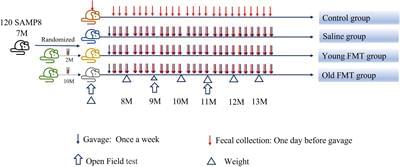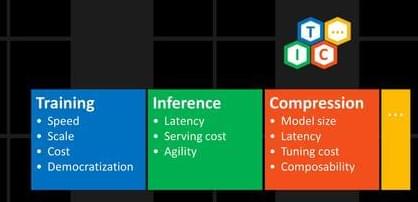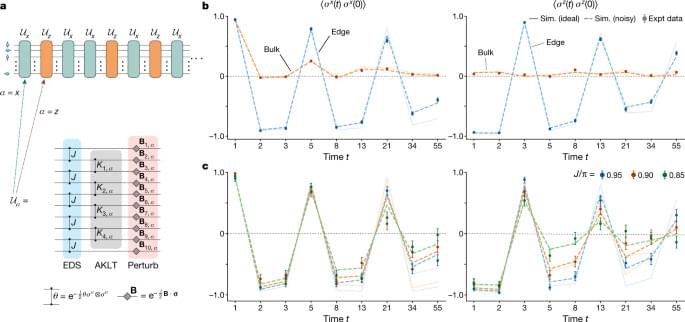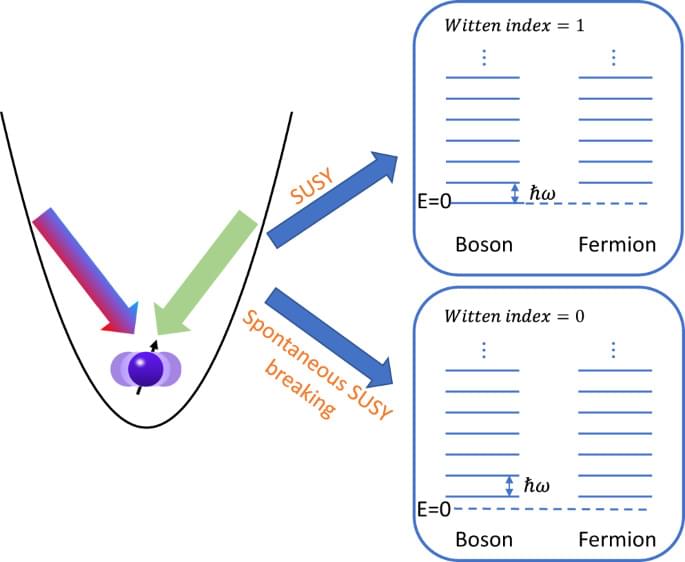Circa 2014 :3.
By manipulating van der Waals forces, it may be possible to create novel types of friction-free nanomachines, propulsive systems, and energy storage devices.
Circa 2014 :3.
By manipulating van der Waals forces, it may be possible to create novel types of friction-free nanomachines, propulsive systems, and energy storage devices.

Recent evidence points out the role of the gut microbiota in the aging process. However, the specific changes and relevant interventions remain unclear. In this study, Senescence Accelerated Mouse-Prone 8 (SAMP8) mice were divided into four groups; young-FMT-group transplanted fecal microbiota from young donors (2–3°months old) and old-FMT-group transplanted from old donors (10–11°months old); additionally, other two groups either adult mice injected with saline solution or untreated mice served as the saline and blank control groups, respectively. All mice were intervened from their 7-months-old until 13-months-old. The open field test at 9 and 11°months of age showed that the mice transplanted with gut microbiota from young donors had significantly better locomotor and exploration ability than those of transplanted with old-donors gut microbiota and those of saline control while was comparable with the blank control. 16S rRNA gene sequencing showed that the gut microbiome of recipient mice of young donors was altered at 11°months of age, whereas the alternation of the gut microbiome of old-donor recipient mice was at 9°months. For comparison, the recipient mice in the blank and saline control groups exhibited changes in the gut microbiome at 10°months of age. The hallmark of aging-related gut microbiome change was an increase in the relative abundance of Akkermansia, which was significantly higher in the recipients transplanted with feces from older donors than younger donors at 9°months of age. This study shows that fecal microbiota transplantation from younger donors can delay aging-related declines in locomotor and exploration ability in mice by changing the gut microbiome.
Aging is inherently accompanied by the decline of physical and mental abilities, including locomotor, cognition, and bodily functions, to subsequently cause frailty syndrome, neurodegenerative diseases, and other age-related diseases, which reduce the quality of life of the aging population (Hou et al., 2019). Aging mechanisms and anti-aging interventions have long been a major focus of biomedical research, which is particularly relevant given the rapidly aging society.
The gut is a major organ for nutrients absorption, metabolism, and immunity, and contains hundreds of millions of microorganisms and their metabolites, which comprise the gut microbiota (Heintz and Mair, 2014) that interacts with host cells and tissues (Huang et al., 2021). Our previous study reported continuous changes in the gut microbiome of centenarians during their transition from a healthy status to death. The most significant changes of gut microbial communities in the period were found to occur at 7°months prior to death, suggesting that this may be a turning point of significant changes in the gut microbiome of centenarians (Luan et al., 2020). Recent studies have revealed an important relationship between the gut microbiome and aging-related diseases such as Alzheimer disease (Ticinesi et al., 2018; Haran and McCormick, 2021), suggesting that the gut microbiome plays an essential role in the aging process.

The new Halloween haunted house soundtrack just dropped, courtesy of the European Space Agency.
New Halloween haunted house soundtrack just dropped, courtesy of the European Space Agency.


Astronomers have discovered a mysterious neutron star that’s far lighter than previously thought possible, undermining our understanding of the physics and evolution of stars. And fascinatingly, it may be composed largely of quarks.
As detailed in a new paper published in the journal Nature Astronomy this week, the neutron star has a radius of just 6.2 miles and only the mass of 77 percent of the Sun.
That makes it much lighter than other previously studied neutron stars, which usually have a mass of 1.4 times the mass of the Sun at the same radius.


Insider obtained documents that reveal the topics, goals and challenges discussed. Together, they show Amazon’s ambition to take on Google’s DeepMind, a pioneer in AI-powered scientific discovery. This could take Amazon from dabbling in healthcare services, and turn it into a potentially serious player in the future of medicine.
“The demarcation line between core Amazon/AWS business and life science and healthcare is shifting,” said Amazon scientist and senior solutions architect Sergey Menis, according to a transcript of his comments seen by Insider. “We are increasingly more specialized in healthcare and life sciences.” An Amazon spokesperson declined to comment.
Menis developed a nanoparticle that underpins a promising HIV vaccine candidate. He was joined at last week’s Amazon Machine Learning Conference by Amazon’s chief medical officer Taha Kass-Hout.


Basically the fibonacci sequence stabilized the quantum computers internal processes better essentially. This may fall into the theory of everything that supersymmetry and the fibonacci sequence can get us closer to a theory of everything even in quantum computers.
A dynamical topological phase with edge qubits that are dynamically protected from control errors, cross-talk and stray fields, is demonstrated in a quasiperiodically driven array of ten 171Yb+ hyperfine qubits in a model trapped-ion quantum processor.

Quantum simulators should be able to give insight on exotic physics models such as supersymmetric extensions of Standard Model. Here, the authors demonstrate a first step in this direction, realising a prototypical SUSY model (and spontaneous SUSY breaking within it) using a trapped ion quantum simulator.